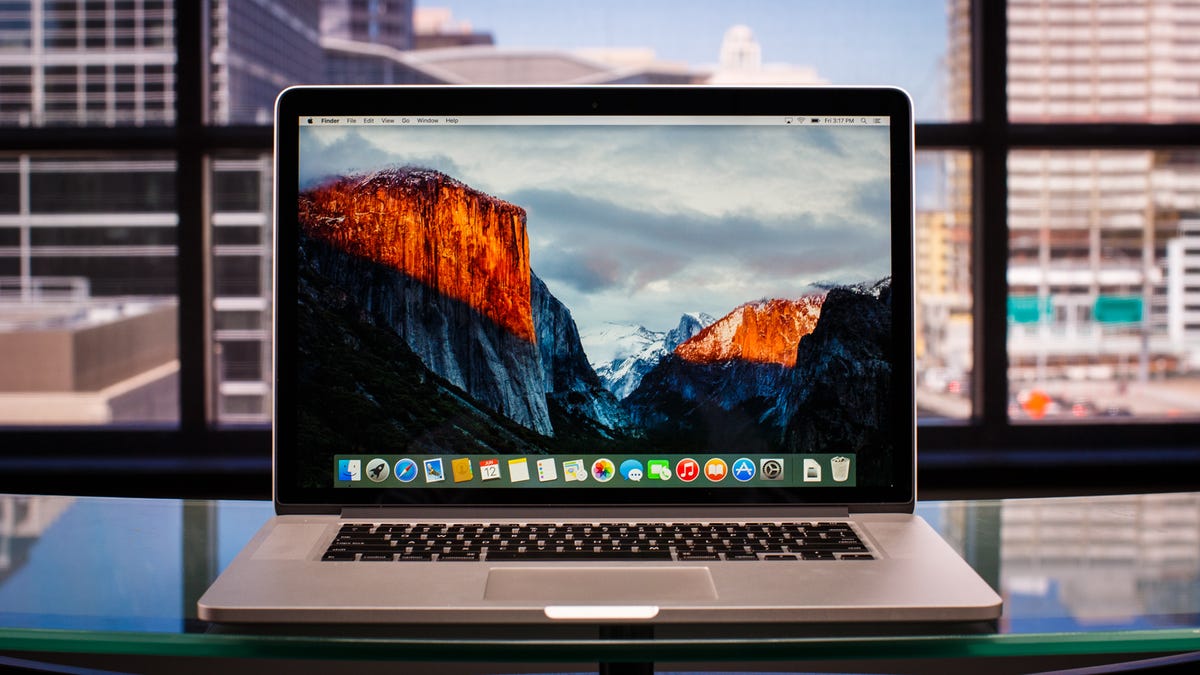
CNET
Announced at Apple’s Worldwide Developers Conference in June, the beta releases for iOS 9 and Mac OS X El Capitan have been available for some time for developers who have an account at Apple. But starting today, anyone with an Apple ID can participate in both public betas and submit bug reports. Apple says the beta versions available to the public may be slightly different to what’s available to developers, but — regardless — this is a big change from how Apple has released software in the past.
In other words, for the very first time, the general public now has a crack at running early versions of major updates on both of Apple’s operating systems.
If you’re an experienced developer, running beta operating systems is old hat. But if you’re just an avid user, take a breath before you go and sign up for your chance at either beta: You may not be ready to run non-final software. And even if you are, you probably don’t want to do it on your primary, mission-critical devices.
‘Beta’ often means buggy
Because beta software is a work in progress, it’s completely normal for glitches or bugs to find their way into the code. The beta phase of software development lets developers fine-tune their apps while the publisher (in this case, Apple) stamps out problems on the operating system side.
If all goes well, the public ends up with a polished, working final product.
In a beta release, the OS will mostly work as intended, but it’s important to understand that you will find problems. Indeed, that’s the point. If you’re signing up for the iOS or OS X betas, you’re literally volunteering to be a guinea pig. As Apple’s Beta Program FAQ points out:
When you come across an issue that needs addressing, send your report directly to Apple with the built-in Feedback Assistant app.
(Microsoft has done the same thing with its Windows Insider program, the open beta of Windows 10 which is coming to a close now that its OS is nearing its July 29 launch date.)
So what sort of problems can arise? When a coworker downloaded the developer beta for his iOS device a couple of years ago, it mostly worked, but had a bug that prevented him from sending text messages. Obviously, this would be tolerable if it was on a test device, but he had put it on his personal iPhone.
Another time, when I tried a beta version of an earlier Mac OS, every time my Mac would go to sleep after a few minutes of inactivity, I couldn’t wake it up without a hard restart.
The point is, that’s what you should expect with beta releases; they’re not going to be perfect and they’re not trying to be. They are just another step in the development process while the bugs are still being smashed by Apple developers.


Photo by Josh Miller/CNET
How to experience new OSes now (if you must)
As a reminder: both the iOS 9 and OS X El Capitan betas are now available to those with an Apple ID. (How to sign up for both.)
If you have already downloaded El Capitan — or are planning to — the best way to check it out is to create a partition on your own Mac. For a step-by-step video on how to create a partition, check out this video from CNET’s Brian Tong.
Otherwise, your options are limited unless you have a dedicated test machine handy. For Mac OS X El Capitan, you’re going to need a newer machine, so if you upgraded your Apple hardware recently, you might try installing it on a slightly older Mac. Just make sure the older Mac doesn’t have any important files or information on it before installing the beta. In other words, make sure you have nothing to lose.
For iOS, you could install it on an older out of use iPhone ( check this post for compatibility). A better option might be if you have an iPad or recent iPod Touch. Generally, your iPhone is the device that has all your most important information and is your lifeline for communication, so installing it on your iPad or Touch has fewer consequences (assuming neither device is integral to your daily life). As I said earlier, these betas are generally very functional, but if you lose the ability to text message on your iPad (for example) it won’t be as big of a problem as it would be on your iPhone.
Why not just wait?
When software is in its early stages, it’s rough, and developers need time to smooth out the edges for when it’s released to the public.
Early adopters just want to experience the next big thing, but it’s important to understand that there’s a process to creating the next big thing and early unstable versions that may screw up your device are a part of that process. The last thing you want is to break or slow down your primary communication device or the Mac you use to get things done.
For those reasons, I don’t recommend you install either of the betas on your primary devices unless you fully accept that things won’t work perfectly. But even if you have a test device, you’ll still want to be sure you have nothing to lose in case something goes awry.




